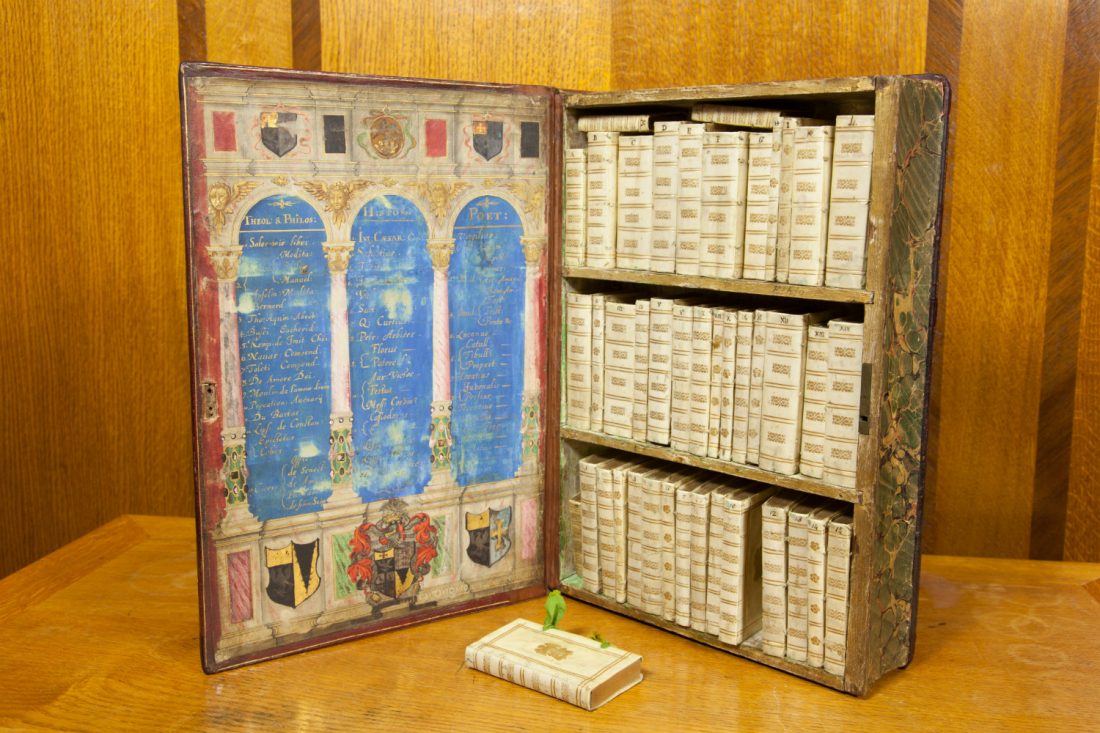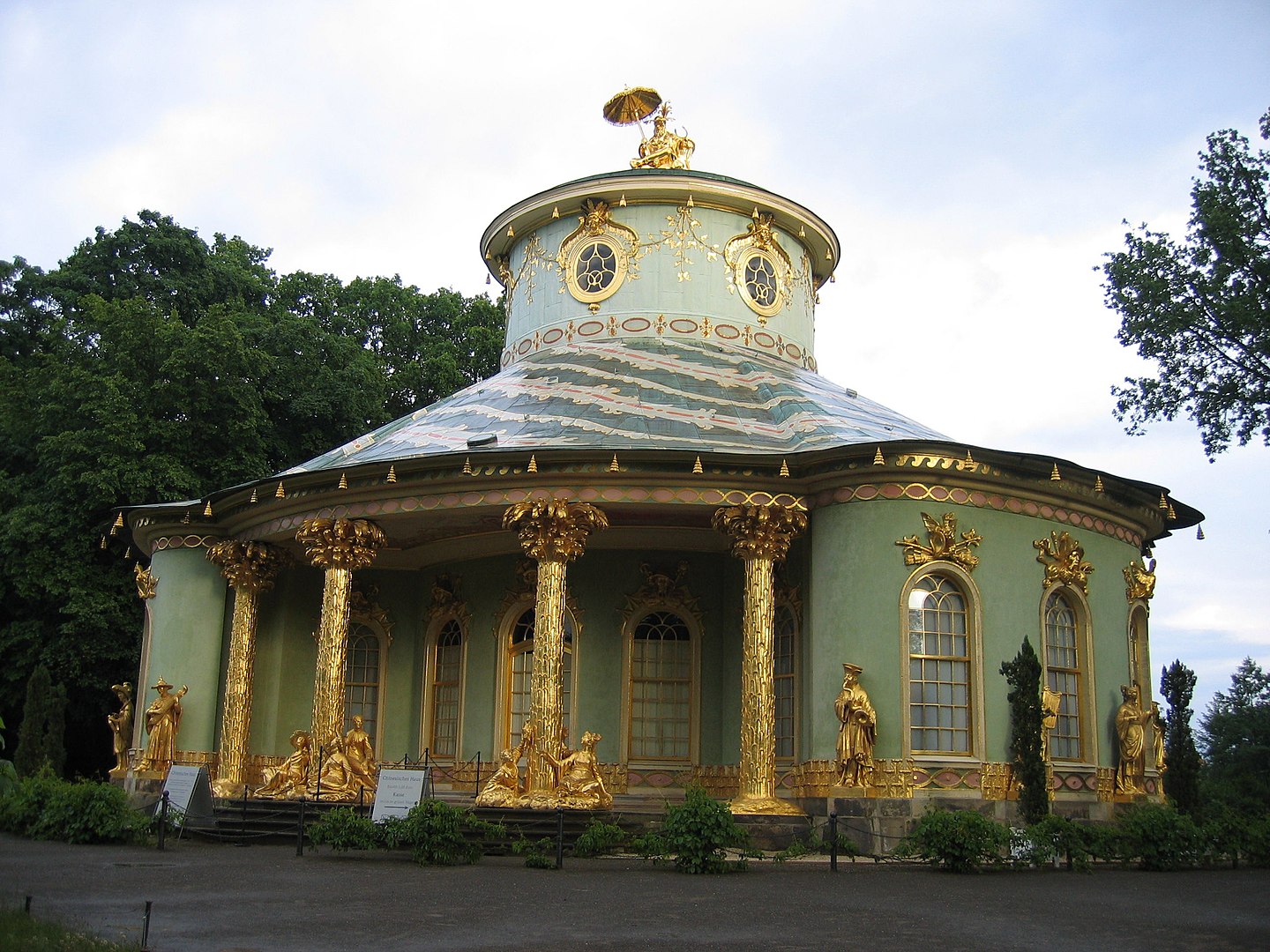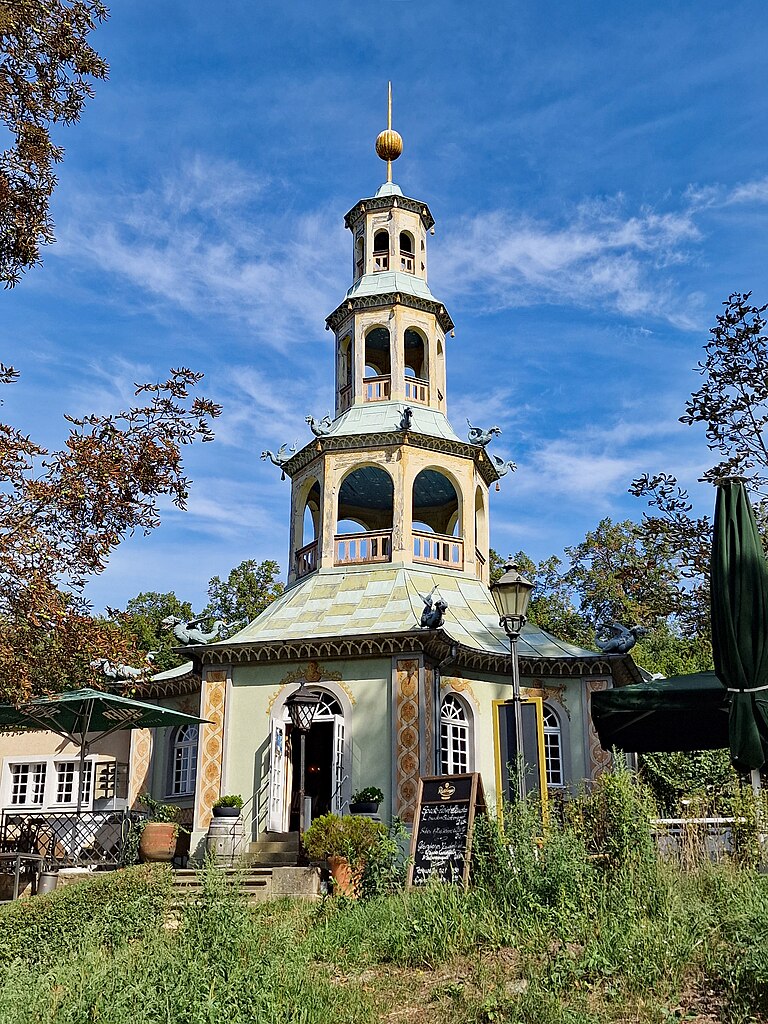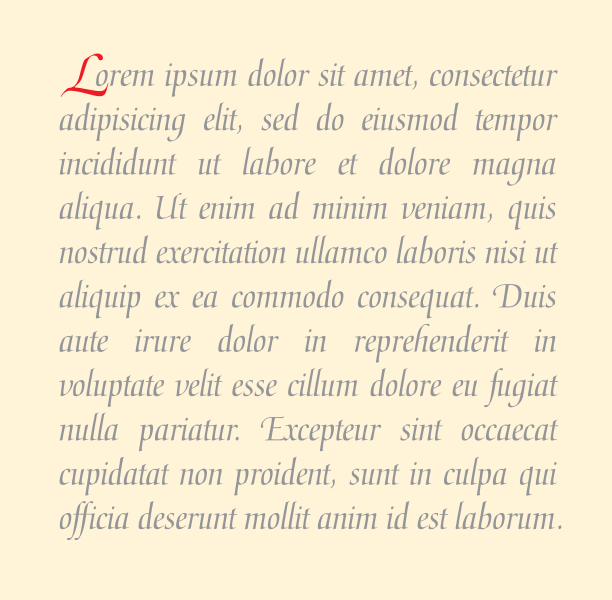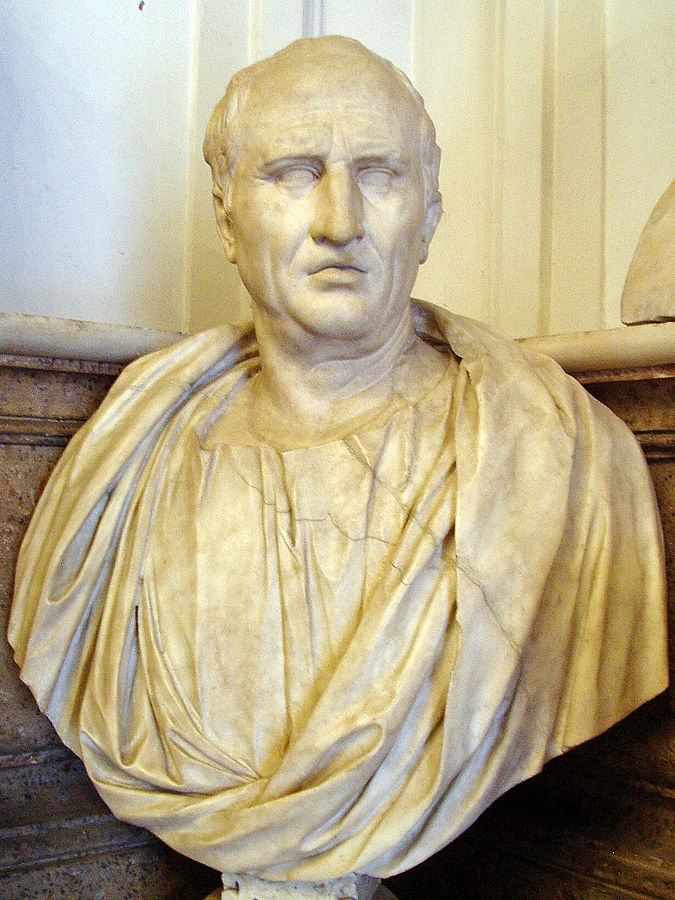“Did Scorsese make the best movie of each decade since the ’70s?” asks GQ’s Zach Baron in a recent profile of that long-lived auteur. “Probably not (I think his case is weakest in the first decade of this century), but you could argue it, and many people have.” And indeed, you may well find yourself believing it after watching the video above, also published by GQ, in which Scorsese himself discusses a selection of features from the past half-century of his career, the earliest of which, Mean Streets, was a breakout project for both its young director and even younger star, a certain Robert de Niro, in 1973.
Scorsese’s latest, Killers of the Flower Moon, opens next month as not just another of his many collaborations with de Niro, but the first Scorsese film to feature both de Niro and Leonardo DiCaprio. “We were acquainted with each other when we were sixteen years old,” the director says of de Niro in the GQ video. “He experienced what I experienced growing up” in rough-and-tumble New York neighborhoods like Little Italy and the Bowery, and thus “knows who I am and where I came from.” Hence the trust with which Scorsese took de Niro’s recommendation of DiCaprio in the early nineties: “You gotta work with him someday.”
That someday came in 2002, with Gangs of New York, after which the Scorsese-diCaprio professional relationship would mature to bear additional cinematic fruit with projects like The Departed and The Wolf of Wall Street. At this point it has become a parallel enterprise to Scorsese-de Niro, which can be traced from The Irishman, which came out in 2019, back through the likes of GoodFellas (though it stars the late Ray Liotta), Casino, The King of Comedy, and Raging Bull — a picture that, along with other brazenly ambitious United Artists releases like Francis Ford Coppola’s Apocalypse Now and Michael Cimino’s Heaven’s Gate, Scorsese now sees as marking the end of “the power of the director.”
In “new Hollywood” era of the nineteen-seventies, Scorsese remembers, “things were wide open, and we went in and took it like the barbarians at the gate, and we transformed whatever we could, but they caught us.” Still, since then he’s “never stopped working for any noticeable amount of time,” as Baron puts it, though in recent years he’s been given to rueful comment about the artistic and economic dynamics of his industry and art form. As for the state of the world in general, he makes an equally grim diagnosis with reference to his and de Niro’s best-known collaboration, Taxi Driver: “Every other person is like Travis Bickle now.”
Related content:
How Martin Scorsese Directs a Movie: The Techniques Behind Taxi Driver, Raging Bull, and More
The Filmmaking of Martin Scorsese Demystified in 6 Video Essays
Martin Scorsese Explains the Difference Between Cinema and Movies
Based in Seoul, Colin Marshall writes and broadcasts on cities, language, and culture. His projects include the Substack newsletter Books on Cities, the book The Stateless City: a Walk through 21st-Century Los Angeles and the video series The City in Cinema. Follow him on Twitter at @colinmarshall or on Facebook.
